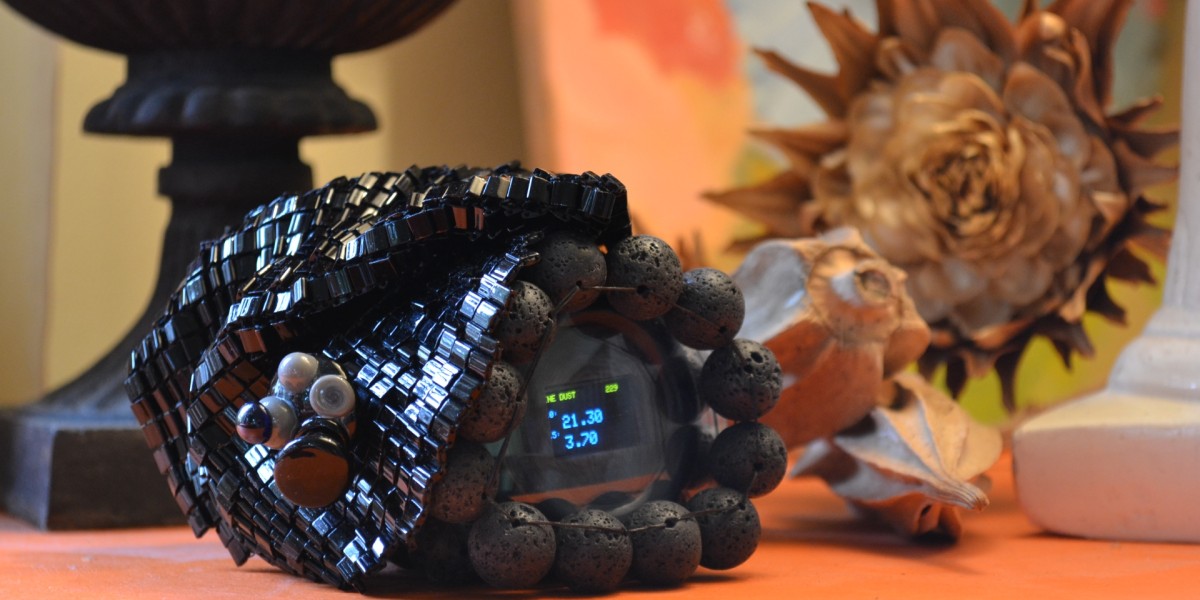Press Release: Introducing Candle, the first privacy-focused smart home system
Candle, the privacy friendly smart home
Amsterdam, 10 October, 2019 — A new privacy-friendly smart home system called Candle is launching at Dutch Design Week 2019. Unlike most existing smart home solutions, Candle has been designed to keep data inside your home. The system, which comes complete with voice control, can even operate without an internet connection. Candle integrates popular smart home features including smart locks and thermostats, as well as sensors that can measure temperature, fine dust, CO2 levels and electricity use.
Smart home products are easy to use, but they are increasingly disappointing consumers. Over the past few months, it’s become clear that they can listen in and spread personal data and are often poorly secured. Candle was created over the past two years by a collective of Amsterdam-based designers and privacy experts who wanted to see if they could make an alternative smart home suite that protects consumers privacy without compromising ease of use. It turned out they could.
“Our goal is to inspire the producers of these devices to embrace privacy,” says chief designer Tijmen Schep. “We hope they will copy our innovations. At the same time, we're also looking for manufacturers that would be interested in taking our creations to market.” Schep predicts that the market for privacy-friendly devices is set to grow rapidly, just as the market for organic food has grown tremendously. The makers hope the producers of IoT devices will start to see privacy as a selling point rather than a burden.
Privacy aesthetic
To complement the new functionality, the designers created a new privacy aesthetic. Jeweler Dinie Besems created housings and skirts to be draped over devices that are made from finely woven stone beads to reflect the idea that privacy has become a luxury. It also conceals any personal data that might be visible on the screens when visitors come over.
No snitching
Product designer Jesse Howard gave Candle's CO2 and fine dust sensors the ability to generate fake data, something no other product does. Measuring CO2 levels is useful for people with sleeping disorders and essential in the event of a ventilation problem, it also reveals how many people are in a room. By activating the fake data feature, levels will appear to remain stable. This unique feature would allow teenagers to bring home a date without the smart device snitching on them. “Most smart devices aren't sensitive to these social complexities yet,” Howard says.
Thwart hackers
Another innovation in the Candle system is Anemone, a device that fits between your router and your inter provider and can be used to temporarily disconnect your entire home from the internet. “Hackers have gotten sophisticated enough that they will try to take over smart home devices at night, so any disruption in service won't be noticed,” Schep explains. The Anemone could be configured to automatically disconnect the home at night or when nobody is home, effectively hiding your home from the internet.
Defend It Yourself
The entire Candle system is open source, which means that consumers can inspect the code that runs on their devices, and can create their own version of Candle themselves. Candle is based on popular off-the-shelf hardware such as Arduino and the Raspberry Pi, and the software is based on the WebThings Gateway, a smart home controller from the Mozilla Foundation, the makers of Firefox.
See Candle
The Candle devices will be on display at Dutch Design Week from 19 to 27 October in Eindhoven, in the Netherlands. After the launch, Candle will be on display in Amsterdam and Rotterdam. More information can be found on the project's website: candlesmarthome.com/
-------------------------- note for the editor ------------------------------------------
For more information, images or an appointment for an interview with Tijmen Schep, please contact Michel Langendijk, press officer of Candle via press@candlesmarthome.com or +31 6 4096 3010
Candle has been made possible by a grant from the Creative Industries Fund NL and the SHERPA research project of the European Union.
Download full Media Kit (15mb)
Share this article
These are privacy friendly sharing buttons; no code from these companies has been loaded into this page





